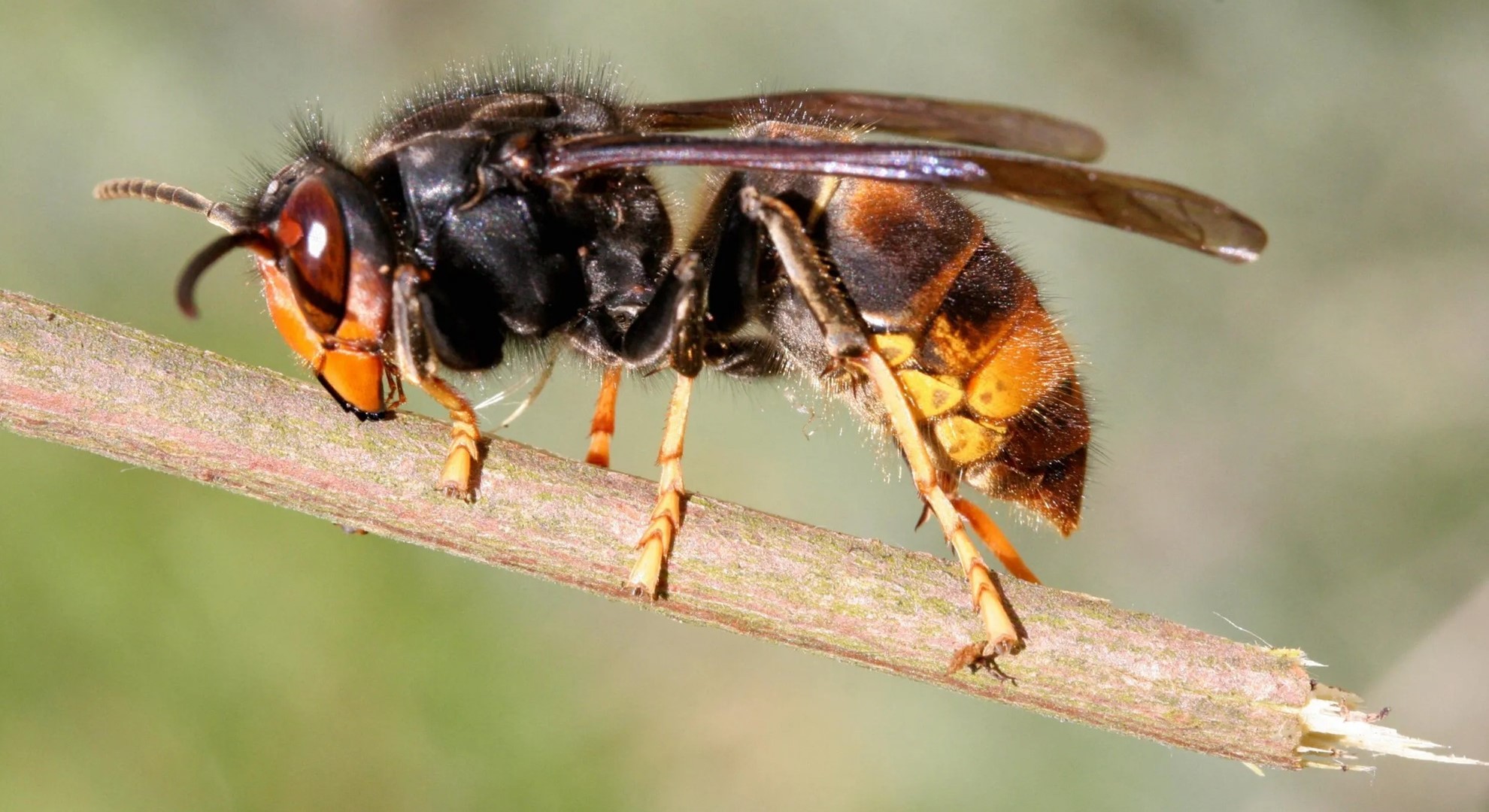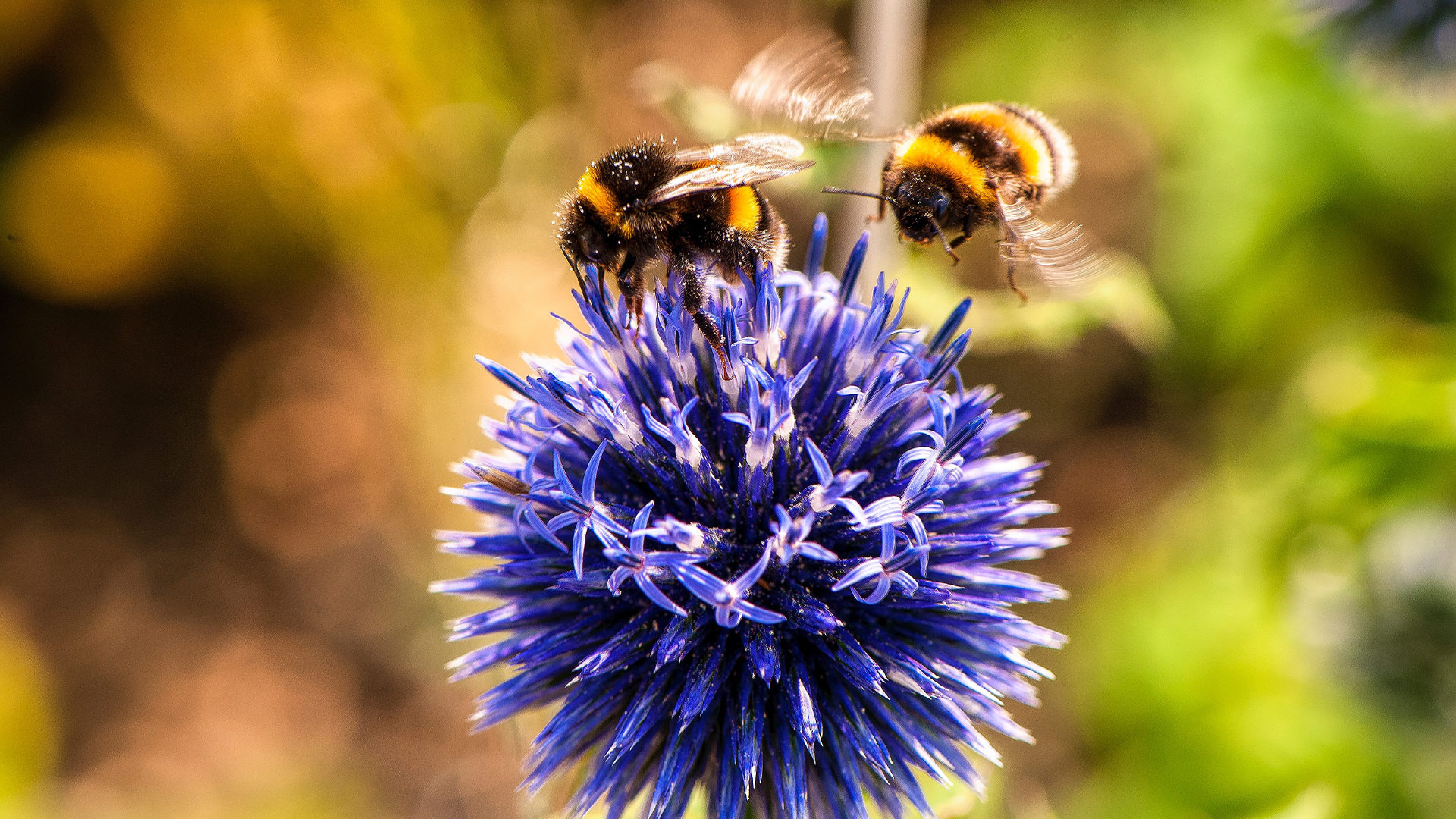Hygiene & Disease Prevention
Bee Health
What do we mean by bee health?
Bees suffer from many pests and disease but they also require reasonable forage, the weather to collect it, suitable management and a freedom from any damaging effects of pesticides.
In Scotland we have two aspects to our beekeeping which differ from England: some relatively small areas still without the Varroa mite, and large areas without cases of European or American foulbrood.
The Bee Health Officer works with others to help identify the remaining highly sensitive Varroa-free areas, collaborates with our partners in the Scottish Government on bee health, gives talks to local associations and issues alerts when beekeepers need to be made aware of risks to their bees.
Management of Bee Health is overseen in Scotland by the Bee Health Improvement Partnership – a collaboration between Government and other organisations with an interest in bee health, as created by the Honey Bee Health Strategy. The SBA is a member of the BHIP group and is invested in improving honey bee health and welfare in Scotland the UK.
Notifiable Pests and Diseases
There are currently 2 notifiable diseases present in the UK: American Foulbrood (AFB) and European Foulbrood (EFB); and 2 notifiable pests which have yet to reach the UK: Small Hive Beetle (SHB) and Tropilaelaps mite.
Any suspicion of notifiable pests or diseases should be reported to the Scottish bee inspectors by emailing: Bees_Mailbox@gov.scot
Foulbroods
The foulbroods, as their name suggests, are brood diseases – affecting the larvae/pupae in the colony. They are very destructive, often causing complete colony failure, and can be transmitted between colonies, either by bees, or by beekeepers with poor apiary hygiene control.
Detailed information on these diseases is available on the National Bee Unit’s Foulbrood page.
Small Hive Beetle

Small Hive Beetle is a beetle native to Southern Africa. It’s larvae eat the wax comb in the colony, disrupting brood production and spoiling honey stores.
Tropilaelaps
Tropilaelaps is a parasitic mite, similar to varroa, but much more aggressive. It weakens bees, spreads viruses and can cause complete colony failure very quickly.
Information on these pests is available on the National Bee Unit’s Exotic Pests page.
Asian Hornet

While not a notifiable pest, Asian Hornet is an invasive species which threatens honey bees and other insects. It has been detected at various times in the UK, but is not yet established here.
Information Asian Hornet and reporting sightings is available from the Non-Native Species Secretariat.
Other Pests and Diseases
There are various other pests and diseases which, while not notifiable, are a threat to the health and wellbeing of honey bees and other pollinators. Detailed information on pests and diseases is available from the National Bee Unit, but basic information on the main threats is given below.
Varroa

The varroa mite is a parasite which feeds on both brood and adult bees. It significantly weakens the colony, and can spread other diseases such as viruses between colonies. Untreated colonies usually die out after a few years.
Varroa is usually managed in colonies to control the problems it can cause. Information managing varroa is available on the NBU’s Varroa pages.
Nosema
Nosema (now also known as Vairimorpha) is a microsporidian fungus-like microorganism which invades the bees’ gut and causes weakness and in some cases dysentry. There are no treatments available for nosema, but colonies can be supported through good beekeeping practices. Further information on managing Nosema is available on the NBUs Nosema page.
Others
There are a wide variety of more minor pests and diseases of honey bees, causing problems for the bees and the beekeeper. Further information is available on the NBU’s Other Pests and Diseases page.
Apiary Hygiene
Many of the diseases listed above are spread by poor beekeeping practice and poor apiary hygiene. Beekeepers should take steps to prevent the spread of disease between hives and apiaries by cleaning and disinfecting equipment, managing disease in colonies, removing diseased or damaged equipment, and not moving equipment between apiaries.
The NBU has an excellent guide to Apiary Hygiene available to download.




